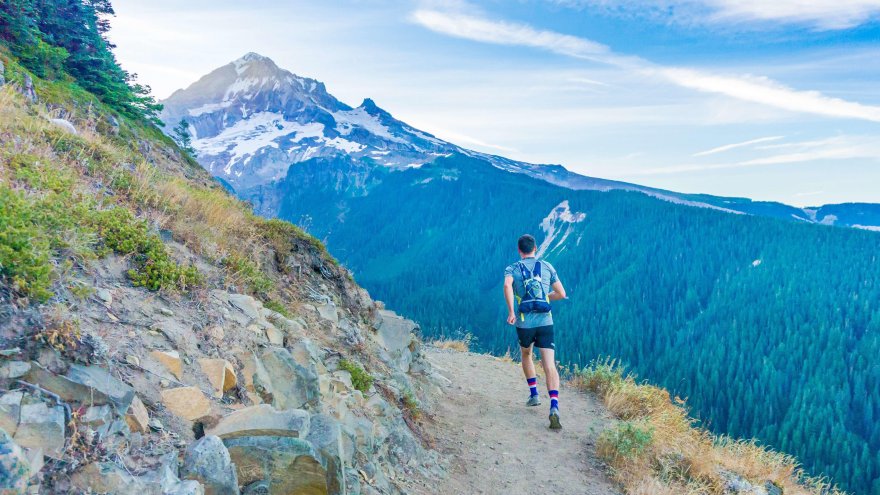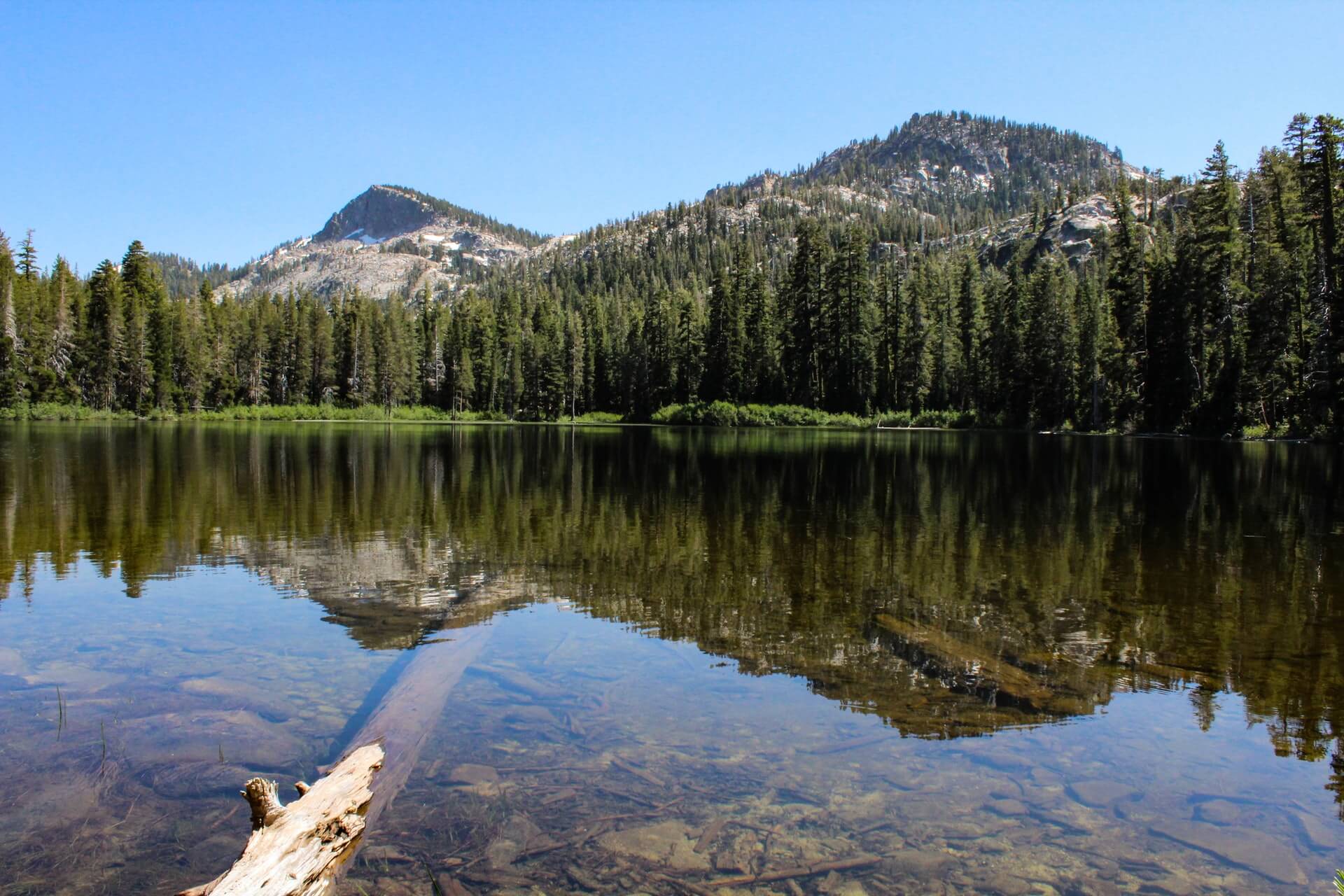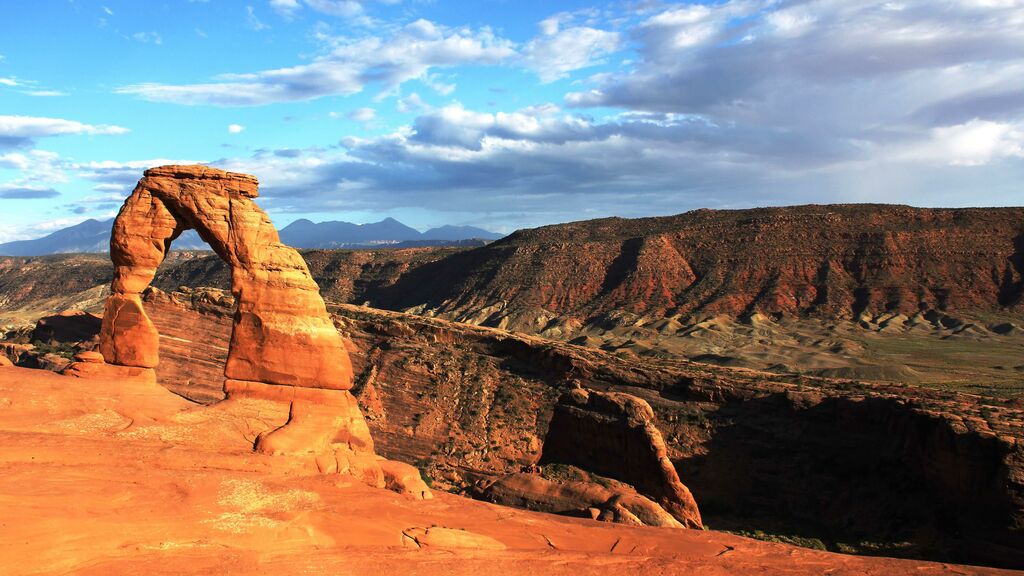A Look at the 200 Mile Race and What It Takes to Do One

The half marathon and marathon distances have been around for quite some time. In fact, the reasons we even have the word ‘marathon’ dates back to Ancient Greece when the runner Pheiddipes of Marathon, Greece had to run 26.2 miles from Marathon to Athens, Greece to spread the news that his people had claimed victory over the Persians. That was all the way back in 490 BC!
Ultra marathons, on the other hand, such as 50k, 50 mile and 100 mile races, have only seen an increase in popularity in the last 20 years or so. And if you thought running 100 miles is crazy, what about running 200 miles? This relatively new distance to the ultra running world may be the ultimate challenge. After all, you have to be downright crazy to want to put your body through something like that… right? So what does it take to run 200 miles? Here’s everything you need to know about this unique endurance event.
The Races
Currently, there are just a handful of 200 mile races held in the United States. There are major logistical issues to consider that come when you are planning any type of distance race, like city permits, street closings, the massive amounts of volunteers that are needed, marking off the roads, safety measures, fuel and hydration stations, etc. Those issues are just exponentially greater when you are talking about a distance like 200 miles. Three of the most popular 200 mile races in the U.S. are the Bigfoot 200 in Washington state, the Tahoe 200 which runs through California and Nevada, and the Moab 240 in Utah.

As you can imagine, the terrain that these three races cover can vary considerably. Washington is mountainous, while Utah and California and Nevada range from dry, arid desert to steep inclines and rugged hillsides. It would seem that if running 200 miles isn’t hard enough, one would need to train specifically for the type of terrain they are running on during the race, which is entirely true. Yet, there is what is known as the Triple Crown of 200s, in which racers run all three of these races within one year. But not only that, these races take place within mere weeks of each other: Bigfoot in August, Tahoe in September, and Moab in October.
What Are You In For?
On average, a 200 mile race spans more than an entire weekend. (It is impossible to run 200 miles within a 24 hour time period because that would mean running about a seven minute mile without stopping for the entire 200 miles.) However, most have a cut-off time of 100 hours (over four days) so you DO have to be able to run efficiently and fast enough to cover the mileage within the allotted time frame. So without even thinking about training, you need to know what kind of time commitment you are looking at just for the race day alone. And because it spans a night, does that mean you are running through the night? Do you get to stop and sleep? Do you get to stop eat meals or are you really surviving on gels, Honey Stinger Waffles, slices of pizza, and pre-packed pbj’s?
Fortunately, 200 mile races often have “sleep stations” set up along the route for runners to rest and take breaks at, and to avoid the unsafe circumstances of running at night. Yet sleeping when you’re so physically exhausted can be quite painful and hard to do after consuming thousands of milligrams of caffeine. As with other distance races, there are also tons of fuel and hydration stations, and medical teams are positioned at every stop. These doctors, nurses, and professionals not only help stick on band-aids and ice ankles, but they assess each and every runner along the way to make sure their bodies are actually holding up. And every runner must wear a GPS tracker to, not only know where they are along the race route, but so that medical teams can quickly find them if trouble arises.

When you’re running for so long and putting your body through so much, the smallest aches and pains can escalate into massive problems and health concerns. A blister on your toe is typically just an annoyance. But imagine running miles upon miles with that blister rubbing against your sweat-drenched sock with every single step you take! A minor injury can soon become a major source of pain.
And the recovery time of a 200-miler far exceeds other distances. You might be unable to even walk without pain for a few months. The key to surviving is experience, and the people who run these 200-mile races are by-and-large some of the more seasoned ultra-marathoners who definitely have experience with the 50 and 100 mile distances. You can prepare to no end within your training, but nothing will prepare you for a 200-mile distance race like your own tried and true experience of other races.

The Takeaway
Running a 200-mile race not only takes months and months of serious training – sometimes running two times a day for multiple days on end so that your body just gets used to not only covering so much distance, but a constant state of discomfort. Needless to say, training can easily become a full-time job all its own. The average number of people who enter a 200-mile race is only 5-10 people, and half of them drop out before it’s over. Yet once you have a foundation of running built, most ultra runners claim they only run around 50-70 miles a week: similar to what collegiate athletes are running to race in much shorter distances, and definitely manageable if you’re organized and committed. To stay properly fueled, runners should get in big, calorie-dense meals in at aid stations and wear gear that can hold plenty of snacks, water, and sources of electrolytes and fast-absorbing energy. The bottom line is that you will face extreme discomfort, pain, and suffering and all the pros will tell you that those who want it bad enough will finish.
Sources
- , How Greg Salvesen Won The 200-Mile Peak Ultra Race, Competitor Running Article
- , The Edge of Possible: The Growing Phenomenon of 200-Mile Races, Trail Runner Article
- , Legendary Runner of Marathon - Pheidippides, Awesome Stories Article
Latest Articles
 Is Running on a Treadmill Easier Than Running Outside?Runners have their own preferences, whether it is treadmill running, running outside on the road, or exploring trails. So...
Is Running on a Treadmill Easier Than Running Outside?Runners have their own preferences, whether it is treadmill running, running outside on the road, or exploring trails. So... Is It OK to Use Trail Running Shoes on the Road?While trail running shoes can be used on roads, especially in situations where a runner encounters mixed terrains or pref...
Is It OK to Use Trail Running Shoes on the Road?While trail running shoes can be used on roads, especially in situations where a runner encounters mixed terrains or pref... How to Fix Sore Quads After Running?Rest, ice, gentle stretching, and over-the-counter pain relievers can help soothe sore quads after running. Also, ensure ...
How to Fix Sore Quads After Running?Rest, ice, gentle stretching, and over-the-counter pain relievers can help soothe sore quads after running. Also, ensure ... 10 Fruits With The Most Electrolytes to Replace Sports DrinksThese fruits are high in electrolytes such as potassium, magnesium, and calcium, essential for hydration, muscle function...
10 Fruits With The Most Electrolytes to Replace Sports DrinksThese fruits are high in electrolytes such as potassium, magnesium, and calcium, essential for hydration, muscle function...

